
When jihad came to Paris – again
A decade on from the Paris attacks, Islamist terror still haunts us.
Want unlimited, ad-free access? Become a spiked supporter.
It had been barely 10 months since two al-Qaeda terrorists had massacred cartoonists, staff and others at the Paris offices of Charlie Hebdo – for the sin of publishing cartoons of the Prophet Muhammad. It had been barely 10 months since a heavily armed jihadist had attacked a Hypercacher kosher supermarket, killing five people – for the sin of being Jewish. But on the evening of 13 November 2015, Islamist terror had once again returned to the streets of the French capital.
The Paris terror attacks, 10 years ago today, carried out in the name of the Islamic State, were horrifying in their callous nihilism. On the evening of 13 November 2015, three groups of three men, armed and wearing explosive vests, set about trying to kill as many people as they could. By the time they had either blown themselves up or been killed by the police, they had taken the lives of 130 men and women. It was the worst single massacre of French civilians since the Nazis slaughtered 642 men, women and children in the village of Oradour-sur-Glane in 1944.
And it could have been so much worse. The original plan for the attack on the Stade de France, where the French national football team were playing Germany that evening, was for one attacker to enter the stadium, while the other two remained outside. The first was to detonate his vest within the packed arena. The two others would then detonate theirs as the panicking crowds were trying to make their exit. But a vigilant security guard, denying the first attacker entry, thwarted their dreams of mass carnage. The three jihadists proceeded to blow themselves up at separate intervals, killing one bystander.
The second group of attackers were in a SEAT Leon in the area around the Rue Bichat and Rue Alibert. At about 9.25pm, less than 10 minutes after the Stade de France bombers had started detonating their vests, the attackers got out of their car and started unloading their weapons – first, on those sat outside Le Carillon café-bar, and then, on those seated inside Le Petit Cambodge, a restaurant. They then attacked another café-bar, Bonne Biere, before attacking La Belle Équipe, another restaurant. They killed 34 people in total and severely injured many more.
Then came the attack on the Bataclan theatre, long a target of Islamist terrorists due to its ownership by a pair of Jewish brothers. That night, the Bataclan was hosting an Eagles of Death Metal concert. Just before 10pm, as the band were playing their song, ‘Kiss the Devil’, the three jihadists began opening fire on people outside the venue, before they burst inside, shouting Allahu Akbar. While the band fled the stage, the gunmen began mowing down the trapped concertgoers.
The Bataclan was turned into hell that night. Dead bodies were falling from the balconies, joining the slain on the floor of the stalls below. Survivors have talked of how they played dead, as the laughing killers looked for prey. They have talked of the ‘relish’ with which the gunmen calmly moved around the room, looking for signs of life; of the ‘human confetti’ thrown into the air as the jihadists finally detonated their vests, bringing their reign of terror to an end. One survivor remembers a ‘sea of thick black blood that kept getting bigger and bigger – all of those bodies that were drinking and dancing just an hour earlier’.
A decade on, the Paris attacks stand out for the sheer scale of their organisation – in 2022, after a high-profile, nine-month-long trial, a special terrorism court convicted 20 other men, in addition to the nine perpetrators, of offences related to the attacks, including murder. And above all, the Paris attacks stand out for the sheer breadth of their murderous violence. But in intent and nature, they were grimly unexceptional. Alongside the bombings in Madrid (2004) and London (2005), the Paris attacks are part of that cresting wave of Islamist terror that has washed over Europe over the past quarter century.
In France itself, the slaughter on that terrible November evening followed not just the Charlie Hebdo and kosher supermarket massacres earlier that year, but also the Toulouse massacre in 2012, when the al-Qaeda-affiliated Mohamed Merah killed three children and a rabbi at a Jewish school, after shooting dead three soldiers. Less than a year after the Paris attacks, Mohamed Lahouaiej-Bouhlel, allegedly in the name of Islamic State, drove a lorry into crowds celebrating Bastille Day in Nice, killing 86 people.
Indeed, in just 18 months – between the attack on Charlie Hebdo’s offices on 7 January 2015 and the attack on a French Catholic priest in Normandy on 26 July 2016 – 239 people were killed by jihadist terrorists in France. Since then, teacher Samuel Paty was beheaded in 2020, after he showed a caricature of Muhammad to a class at school, and another teacher, Dominique Bernard, was killed while trying to protect pupils from a jihadist in 2023.
The Paris attacks, like so many of the others mentioned, were carried out by young Muslim men from disadvantaged backgrounds. In the case of Paris, the French-Belgian perpetrators were largely second-generation North African immigrants from Paris’s impoverished Banlieues and Molenbeek-Saint-Jean, an infamous district in Brussels, dubbed the seedbed of jihad.
They weren’t devout young men, following in their parents’ religious traditions. They were drinking, drug-taking and, above all, deeply alienated young men, believing themselves to be victimised on account of their Muslimness. This was a sentiment fuelled among their generation by the growth of Islamism, identity politics and, above all, the 2005 Paris riots. The latter, as political scientist Gilles Kepel argues, had been sparked less by the death of two teenagers of immigrant backgrounds than by French police firing tear gas near a mosque – an act that was interpreted as further evidence of the French state’s ‘Islamophobia’, following on from the 2004 Islamic headscarf ban in schools, and subsequently exploited by hardline Salafist actors.
The Paris attackers, like the Toulouse killer before them, were almost all converted to jihad during stints in prison, where Islamism runs rife. And they were then hardened on the battlefields of Afghanistan, Iraq or Syria, where they joined up with the Islamist forces of al-Qaeda or, later, the Islamic State. Their resentment was Islamised, transfigured as a religious cause – a cause that was to be consummated in a violent, purifying death. As Osama Bin Laden had it, ‘We love death as you love life’.
That love of death came to the streets of Paris 10 years ago.
Since then, the French authorities have sought to tackle the jihadist threat in their midst. They immediately imposed a state of emergency, which lasted until 2017. They increased state-surveillance powers, writ large in the sudden ubiquity of cameras. And they have sought to tackle ‘separatism’ between Muslim communities and the rest of French society – an effort that culminated in a so-called anti-separatism law in 2021, which tightened foreign funding of Islamic groups and introduced new offences against incitement to hatred.
But a liberty-eroding security clampdown was never going to be enough. The threat persists there, much as it does in the UK and the rest of Europe. Because tackling it is as much a cultural task as it is one for security forces. It is a matter of tackling the Islamised antipathy towards Western society – an antipathy, moreover, that feeds off Western society’s own self-loathing. That Islamised antipathy is still with us. Indeed, fuelled by Israel’s war in Gaza, it is if anything even stronger now than it was in 2015.
A reminder of the menace jihadism still poses to France in particular arrived just this week. Maëva B, a 27-year-old French convert to Islam, had been in a letter-writing relationship since 2022 with, of all people, Salah Abdeslam. He was the jihadist who drove a getaway car during the Paris attacks, before discarding his own suicide vest and fleeing. On Monday, Maëva B was placed under judicial investigation after police found evidence she and two others were potentially planning a terrorist act.
It seems the spectre of Islamist terrorism looms as large as ever. We look away at our peril.
Tim Black is associate editor of spiked.
You’ve read 3 free articles this month.
Support spiked and get unlimited access.
Help us hit our 1% target
spiked is funded by readers like you. It’s your generosity that keeps us fearless and independent.
Only 0.1% of our regular readers currently support spiked. If just 1% gave, we could grow our team – and step up the fight for free speech and democracy right when it matters most.
Join today from £5/month (£50/year) and get unlimited, ad-free access, bonus content, exclusive events and more – all while helping to keep spiked saying the unsayable.
Monthly support makes the biggest difference. Thank you.
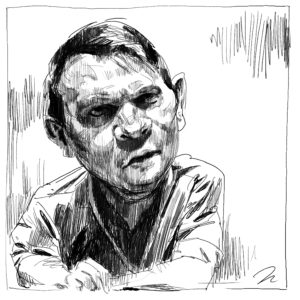


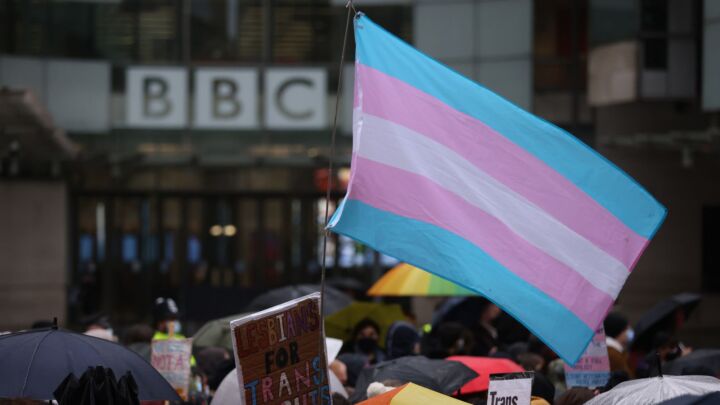
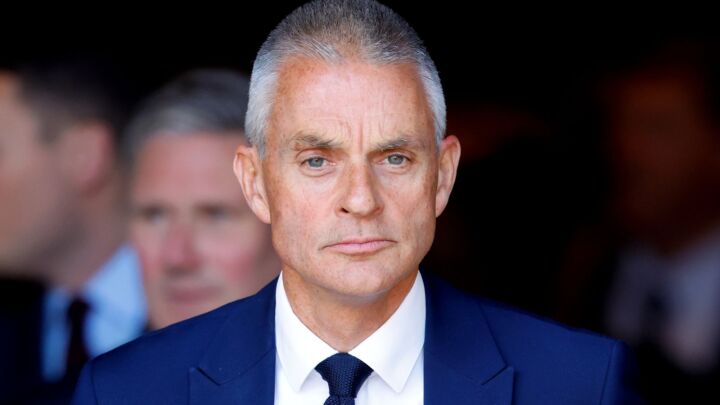
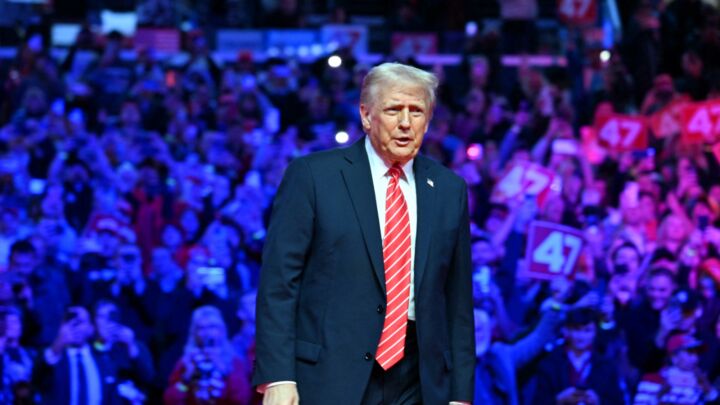
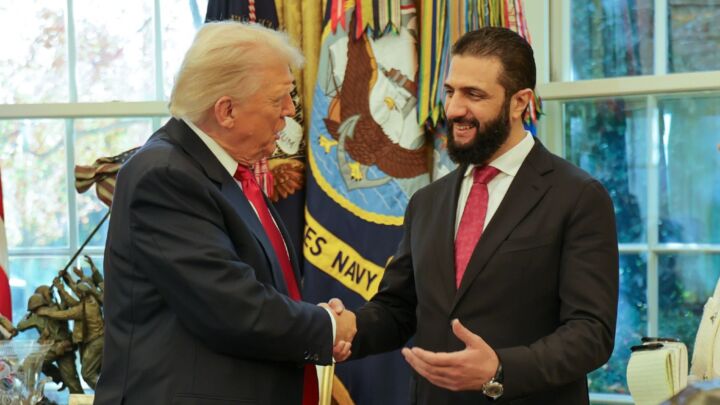

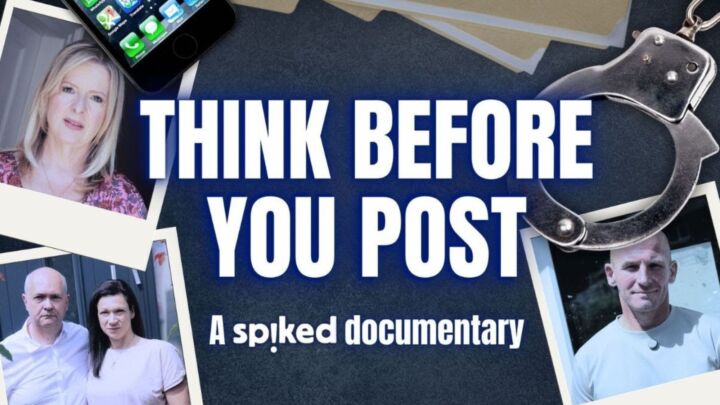

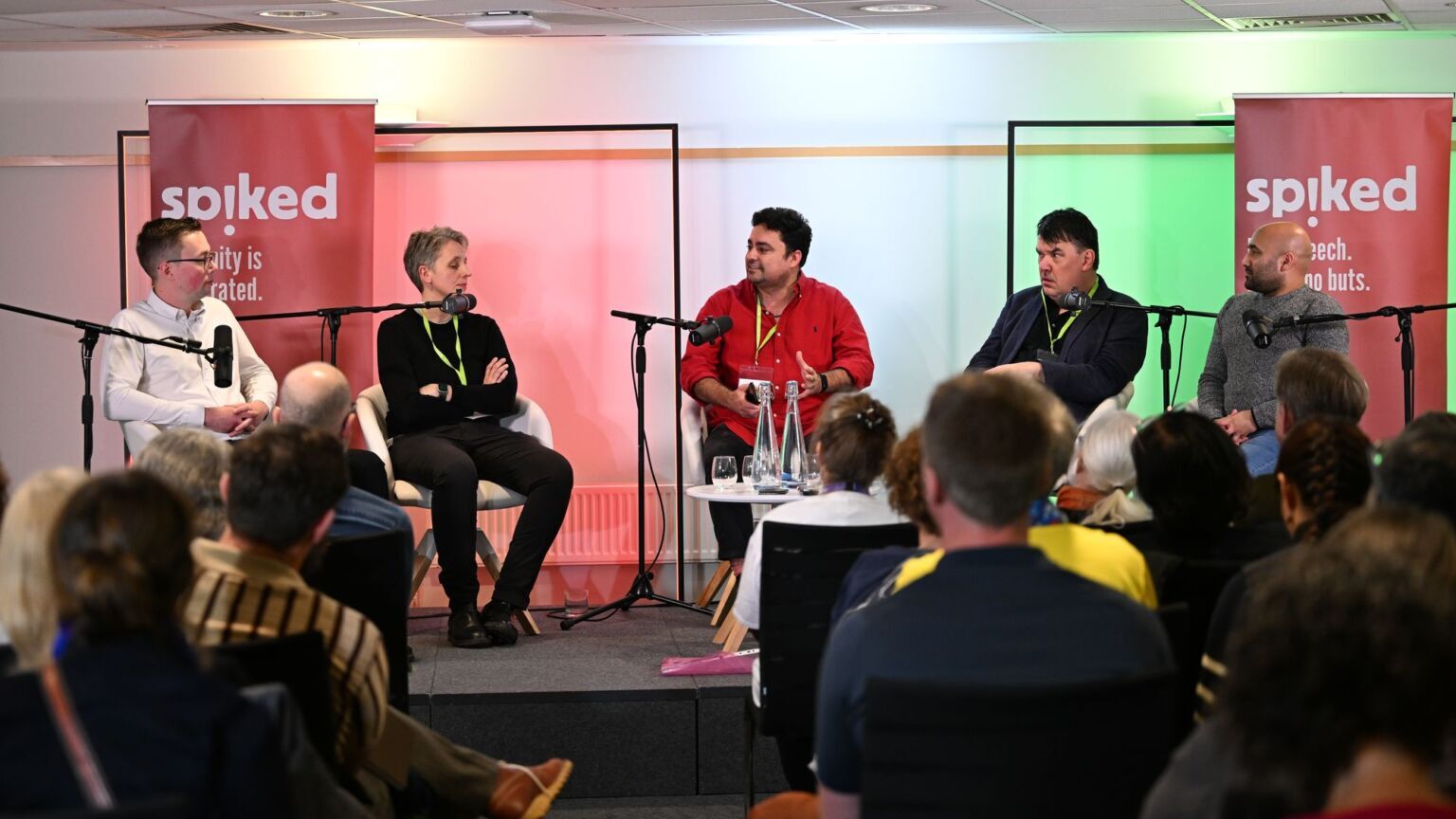
Comments
Want to join the conversation?
Only spiked supporters and patrons, who donate regularly to us, can comment on our articles.